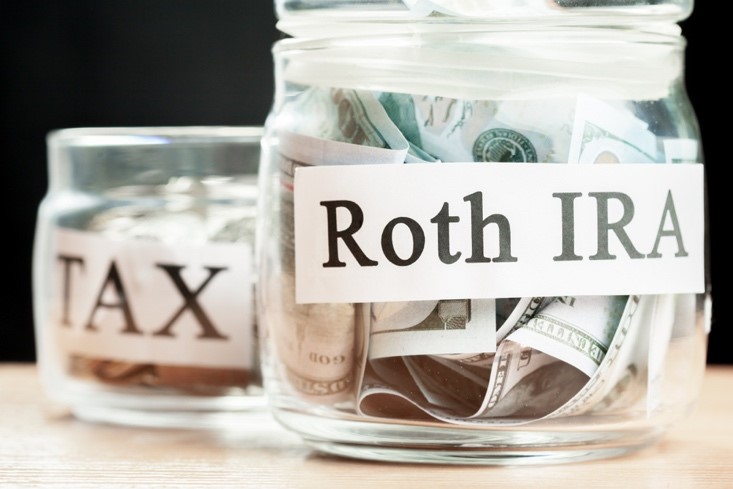There is a simple strategy for making annual contributions into the tax-free Roth IRA for individuals with Modified Adjusted Gross Income (MAGI) over the full phase-out threshold limit of $146,000 for single and $230,000 for married tax filers in 2024. The maximum annual contribution level for each working person and their spouse is $7,000 for those under age 50 and $8,000 for those aged 50 and over.
The beauty of the Roth IRA is that the growth and income can be completely tax-free for our lifetimes with no Required Minimum Distributions (RMDs) and can pass on to our heir’s income tax-free. The Roth IRA is a fantastic way to avoid the high tax on either fully taxable bond income or short-term capital gains for active traders, so it is extremely beneficial for conservative, aggressive, or anywhere-in-between investors.
The secret to this legal workaround is commonly known as a “Back-Door Roth IRA Conversion”. While full direct contributions are subject to those maximum income limits, there is no income limit for Roth IRA Conversions from a Traditional IRA. While there are also income limits to take tax deductions for a Traditional IRA, anyone, no matter what their income is can make a non-deductible Traditional IRA contribution at those same levels of $7,000 and $8,000 for those over age 50.
Since Roth IRA contributions are always after-tax (non-deductible), there is no downside to making an immediate conversion from a non-deductible Traditional IRA contribution. You still get the lifetime tax-free growth opportunity. So, for those without any previous non-deductible IRA funds to consider, this strategy is a no-brainer to make a portion of your portfolio tax-free.
There is an important consideration for those with previous IRA accounts. When we do the conversion, any amount transferred must be a pro-rata share from all your IRAs of previously deductible and your new non-deductible contribution. The previously tax-deductible portion will be taxed once as ordinary income at your highest marginal rate, so this may make this conversion unattractive for some people on a case-by-case basis. This pro-rata rule does not apply to 401(k) or 403(b) plans, so this conversion strategy is worthwhile for those of us currently without Traditional IRAs.
If you are self-employed or own a business with no employees, you may start an Individual or Solo 401(k) without the complications or fees of a standard 401(k). You can do this even if you have partners or a spouse in the business, as long as you do not have employees who are not independent contractors. In addition to the I-401(k) being a very attractive retirement plan for either deductible or Roth-style contributions, this can be an important component of this Roth Conversion strategy if it applies to you. The reason is that if you have an I-401(k), you can do a tax-free transfer of all your previous IRAs into this plan. This applies to and can be especially beneficial to anyone with a SEP-IRA plan since the I-401(k) offers significant advantages. Unlike the SEP-IRA, the I-401(k) allows us to make contributions as our own employee as well as the same employer amount. Additionally, there may be ERISA account protections that we do not receive with the SEP-IRA. Once you’ve transferred all your IRAs to your I-401(k), all new Traditional IRA contributions can be made as after-tax and converted right into your Roth IRA with no new current taxes to pay for future tax-free gains.
If you have any questions or would like to discuss your specific situation, please feel free to e-mail or call me to schedule a no-fee, no-obligation consultation.
Happy Investing,
John P. Weinstein, CFP®, MBA
Portfolio Manager and Managing Partner
www.DecisionInvestments.com
John@DecisionInvestments.com
858-869-7509 (mobile)




